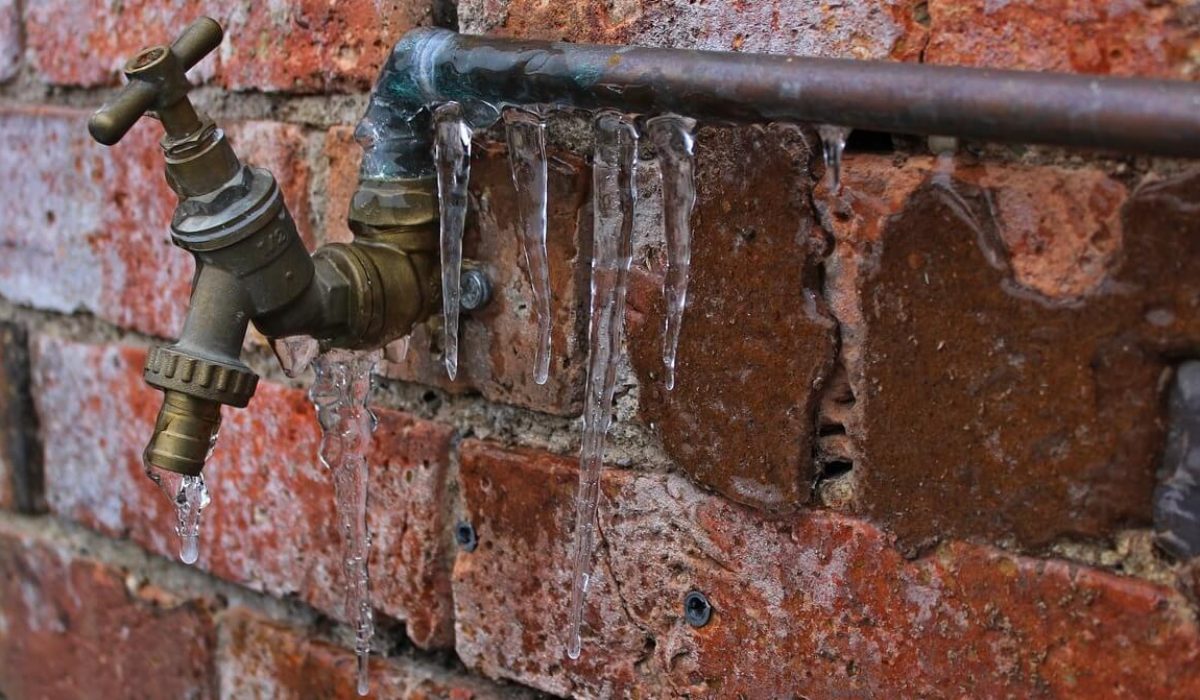Winter Proof Your Home In 7 Easy Steps
With the warmer months behind us, it’s important to ensure you Winter proof your home to protect it, and you, from the cold weather.
The colder months can be problematic, especially in older properties with aged pipework and fittings.
Below are some of our top tips to help Winter proof your home:
CENTRAL HEATING
Bleed your radiators
Are they taking a long time to heat a room?
Do they feel hot at the bottom and cold at the top?
If the answer is yes, it’s likely your radiators need bleeding.
To do this:
- Firstly, turn off your heating and ensure it’s cold;
- Locate a bleed key and a cloth;
- Turn the valve anticlockwise (you’ll find this at the top of the radiator), until you hear air escaping;
- Place your cloth underneath to catch the black ionised water (it will stain carpets and curtains);
- When the water begins flowing, tighten the valve;
- If this doesn’t work, try it with the central heating on.
On the other hand, here’s a handy video on how to bleed a radiator.
==
Service your Boiler
It’s good practice to service your boiler after Summer, and before it’s turned on for Winter.
This ensures it’s burning safely and efficiently, but also checks for signs of damaged parts.
If your boiler isn’t working effectively it will fail, consequently causing disruption to your heating and hot water.
==
Boiler pressure
As a general rule of thumb, keep your boiler pressure between 1-1.5 bar.
The majority of boilers with a pressurised heating system have a dial.
However, gravity fed systems, small feed, and expansion tanks will not have a dial present.
Remember, the pressure reading on your boiler has no bearing on your water pressure.
==
Drain off points
It’s a good idea to ensure your drain off points are in working order.
To do this, open and shut the drain off valves ensuring correct operation.
Remember not to over tighten as this can damage or split the rubber seal (hand tight and 1/4 turn pinch with spanner).
=====
PLUMBING
Wrap your pipes
Exposed pipework can be prone to freezing, sometimes resulting in burst pipes.
A simple but effective way to avoid any frost related disasters is to insulate external and loft pipework, including taps (the most common fitting to freeze).
For a few pounds, you can purchase some lagging which you simply wrap around the pipes, helping avoid any cold weather disasters.
If in doubt, contact us and we will happily help.
=====
BATHROOMS
Sealant
Inspect the silicone sealant around your bath and shower tray checking for cracks, splits and signs of it coming away from the sanitary ware.
If you do spot some damage, to prevent leaks you need to replace the sealant.
To do this simply cut with a Stanley knife, and pull the sealant away.
Meanwhile, fill the bath half full and apply the new silicone to the area.
Don’t put new silicone over damaged silicone as this can encourage the growth of mould.
==
Check the ceiling!
Do you see:
- Brown or “watermark” patches on the ceiling;
- Flaking paint;
- Bulges in the ceiling;
- All of the above.
These are indicative you’ve a leak above.
To avoid this, it’s imperative to ensure your sealant is sound as this will stop water escaping down the sides and underneath fittings.
If this is a persistent problem, contact your local plumber giving them information such as:
- The timing of the leaks?
- Does your bath or shower tray move?
- Does your bath or shower tray squeak?
Providing this information will allow for a much quicker diagnosis.
=====
Traditionally it’s quite hard to find Plumbers with immediate availability during the Winter so above all, it’s important to be vigilant and prevent problems before they occur.
Here at DSB, we offer a free, no obligation quote for any works you require.
So, if you need any help Winter proofing your home, contact us today and help us, help you.
